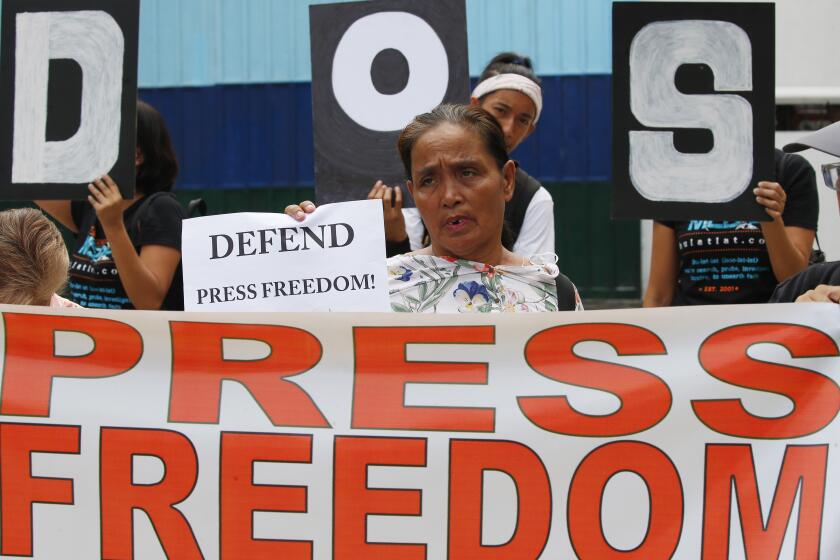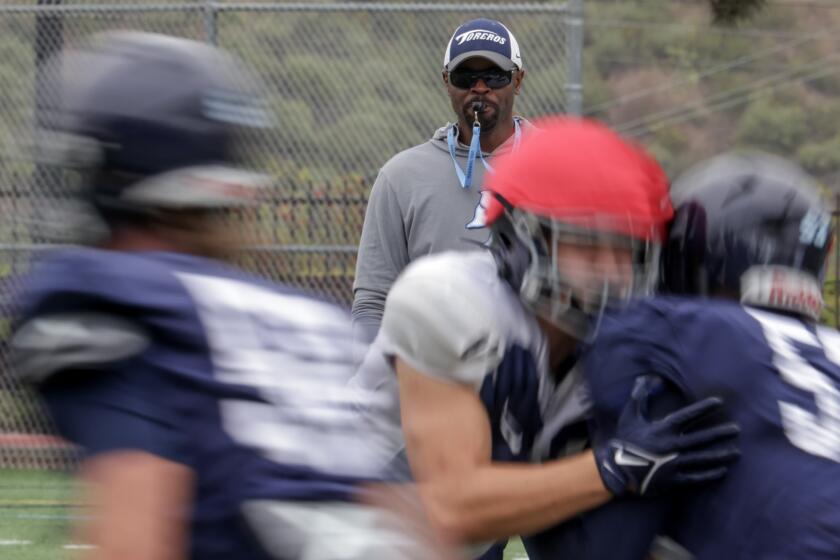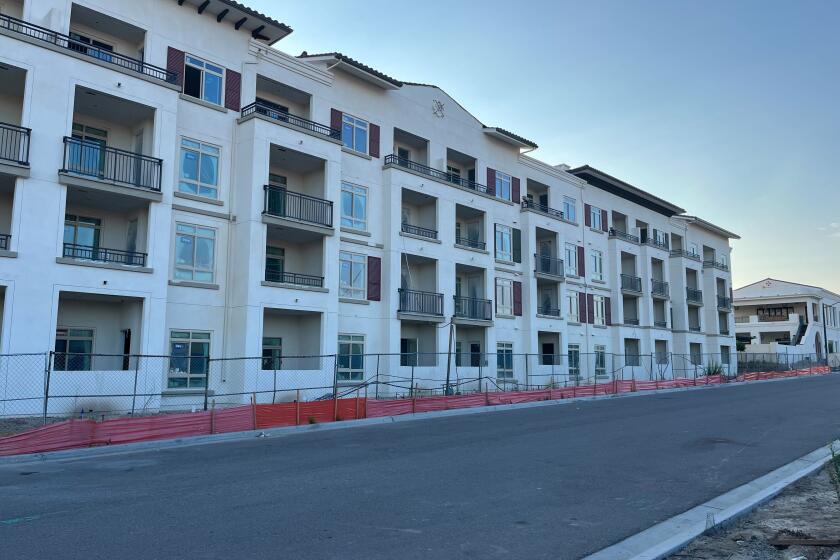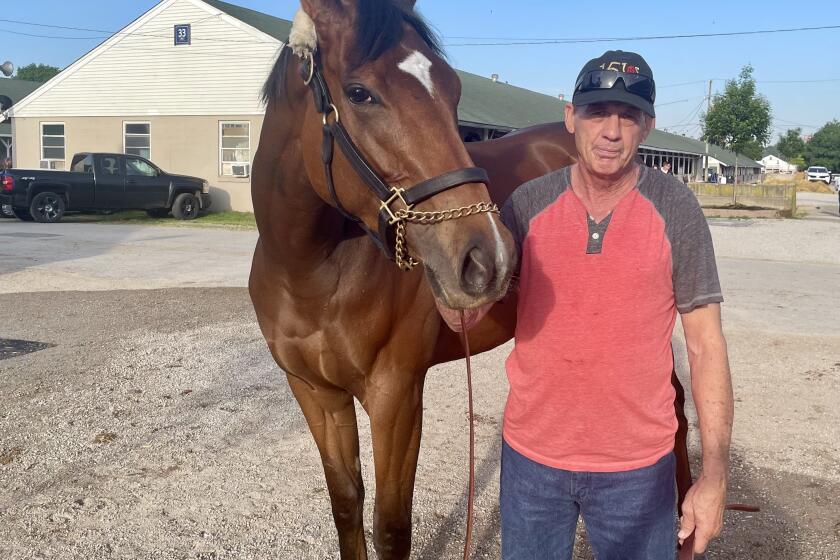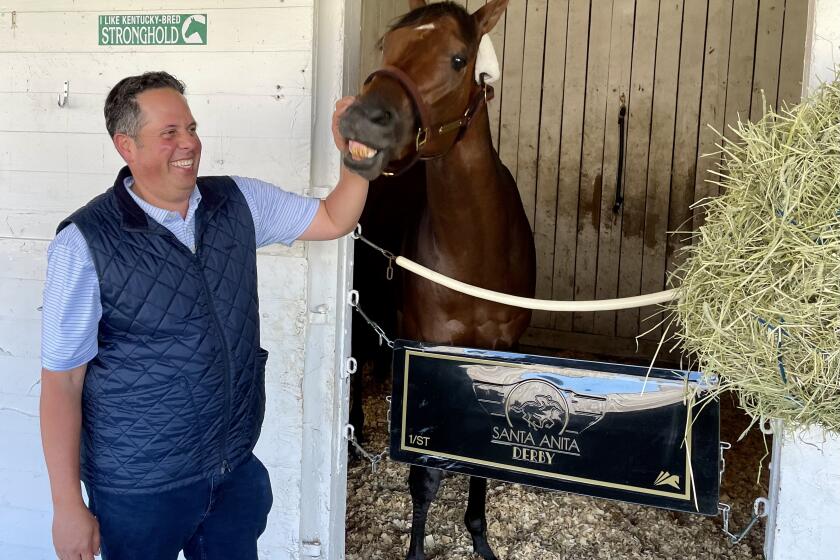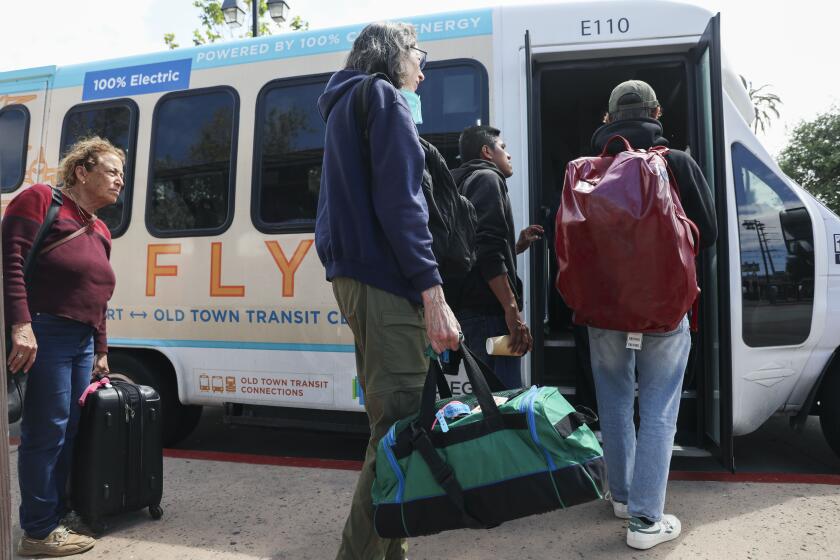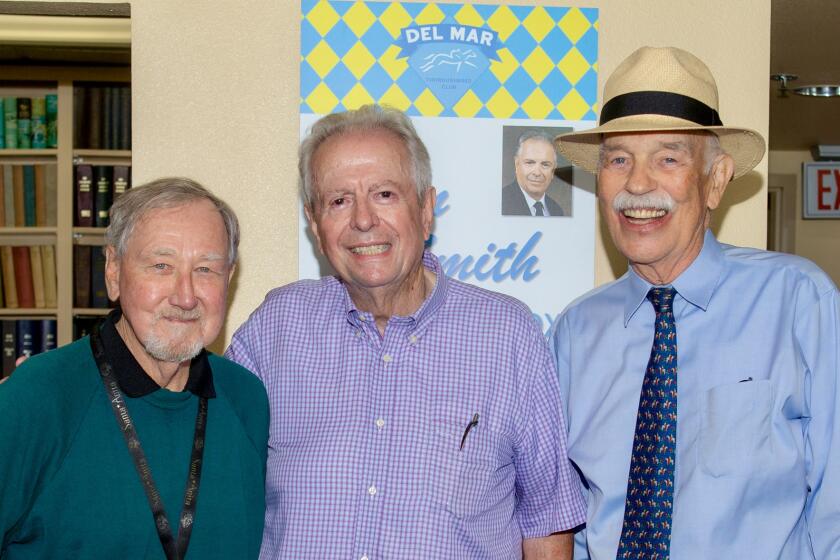Column: We can do more to address military training accidents; let’s follow the lead of military families
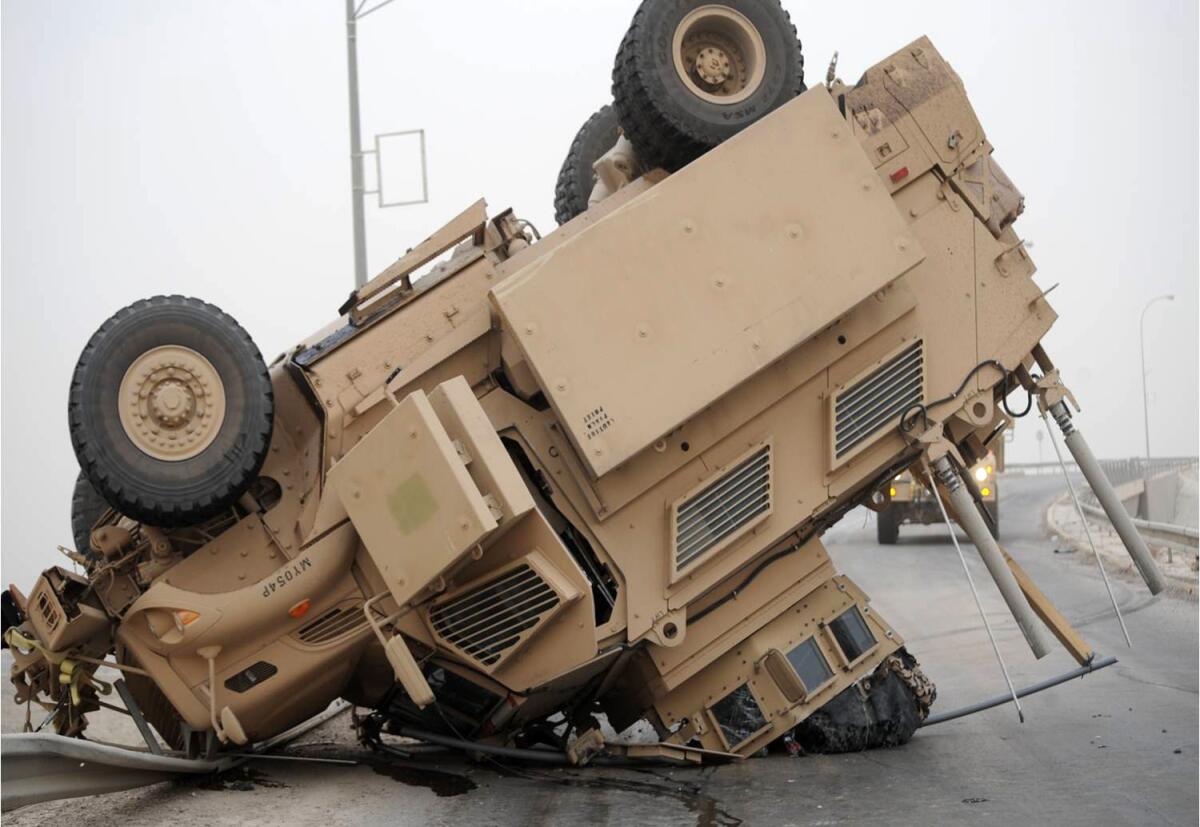
If there is one thing most Americans agree on it’s the idea of supporting our troops, or, at least, we like to think of ourselves as a nation that supports our troops.
People may not agree with a war our country is waging; they may have issues with military structure and leadership, or disagree with certain policies and procedures, but when it comes to our rank-and-file servicemembers, most people show a degree of solidarity and support.
At a bare minimum, we should agree that our servicemembers should not be needlessly endangered, and we should be willing to advocate for steps to keep from being put in unnecessarily perilous situations.
We haven’t always done that. But thanks to the advocacy of some military families we have an opportunity right now to start to address one category of endangerment: military training accidents.
If you follow the work of The San Diego Union-Tribune’s military reporter, Andrew Dyer, you’ve read quite a few stories about service members killed in training accidents.
In April 2019, Marine Staff Sgt. Joshua Braica was killed in rollover accident while training at Camp Pendleton. A month later, 1st Lt. Conor McDowell was killed on the base when the light armored vehicle he was commanding rolled over into a ditch while on reconnaissance as part of a training exercise.
Last year eight marines and a Navy corpsman died when their Marine assault amphibious vehicle sank off the San Diego coast while training. An investigation found several amphibious vehicles — including the one that sank — were in poor states of repair.
In fact, investigators found, the vehicle that sank never should have been allowed to leave the amphibious ship.
Last month five sailors died when their helicopter crashed on the flight deck of the aircraft carrier Abraham Lincoln while conducting routine flight operations.
This comes three years after four Marines were killed when their Super Stallion helicopter crashed outside of El Centro. Investigators found that crew was in no way responsible for the crash; rather it was the byproduct of a defective part.
Fatalities occurring during training exercises are not new and they certainly aren’t exclusive to San Diego.
As far back as 1994, a Government Accountability Office investigation uncovered at least 700 uniformed personnel deaths in training accidents from 1989 to 1993. The report also revealed that military leadership was not properly investigating accidents when they occurred, and investigators sharply criticized leadership for not effectively learning from accidents and implementing better safety measures.
Yet there hasn’t been a tremendous amount of public outcry on the issue until the last few years, when the advocacy of military families brought things to the forefront.
Michael McDowell, Conor’s father and a national security fellow at a D.C. think tank, has spent the last several years alongside parents of other troops killed in vehicle accidents trying to pressure Congress into investigating the issue. He said that when he first began looking into the issue after Conor’s death, he was shocked to learn of studies that shows more service members died in training than in combat.
“Our military has the biggest military budget in the world and this happening; it doesn’t make sense,” he said. “We can’t entirely eliminate deaths in training, we understand that. But we can reduce them.”
Research by McDowell and other parents identified three core issues related to vehicle-related training accidents: there was an insufficient training and certification process for driving various types of vehicles; the safety of the range used for training was not consistently prioritized; and vehicles were not being properly maintained, in fact some vehicles were pushed into service despite failing inspections.
Fortunately their research made quite the impression in the news media, leading the GAO to a launch a year-long study examining noncombat tactical vehicle accidents in the Army and Marine Corps between 2010 to 2019 — a period of time when those branches reported 123 such deaths.
That study, released in July, found that lapses in supervision, training and driver attention are common causes of tactical vehicle crashes in the Army and Marine Corps. Among other things, it also found that implementation of the safety processes in place at the Army and Marines is inconsistent, and supervisors fail to effectively manage risks.
The report recommended the Army and Marine Corps more clearly define roles and establish procedures and mechanisms to help supervisors enhance tactical vehicle safety, develop performance criteria and standards for driver training programs and examine whether units are adequately staffing vehicle maintenance operations.
McDowell says that is a start. He said members of Congress are trying to incorporate reforms into ongoing discussions around the National Defense Authorization Act. And he’s optimistic that they will include many of the items on the parents’ wish list, such as a pilot program to put black boxes in military vehicles, so data will be consistently documented and easily accessible if something goes wrong during training.
Still, he believes a larger issue exists when it comes to training deaths and that is one of leadership and accountability.
“The problem is there is a culture of blaming others ... a culture of blaming down,” McDowell said.
He added that the sinking of that assault amphibious vehicle — which never should have been in the field — offers a prime example of this. He noted that only low-ranking Marines were initially punished, and the commanding general of the 1st Marine Division in charge of the unit’s readiness originally skirted responsibility.
The commanding general left command and was appointed the Corps Inspector General prior to the completion of the investigation into the incident. When it was completed, investigators found the commander bore some responsibility for the poor conditions of the vehicle, but even still Corps leadership seemed reluctant to discipline him. It wasn’t until a second investigation, which came after pressure from military families, that he was removed from his post as Inspector General and formally disciplined.
McDowell says addressing the leadership issues and culture will be a much longer fight, but he remains encouraged by the progress and interest that exists in addressing training accidents, adding it’s a way to honor Conor and the other service members who have died.
“His legacy, and that of the young men and women who have died in the past few years, can be in saving lives by making things safer,” McDowell said.
Get Essential San Diego, weekday mornings
Get top headlines from the Union-Tribune in your inbox weekday mornings, including top news, local, sports, business, entertainment and opinion.
You may occasionally receive promotional content from the San Diego Union-Tribune.



